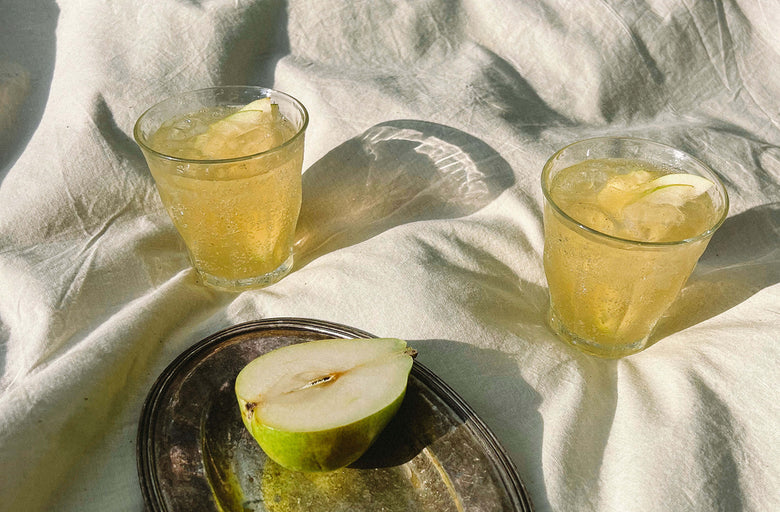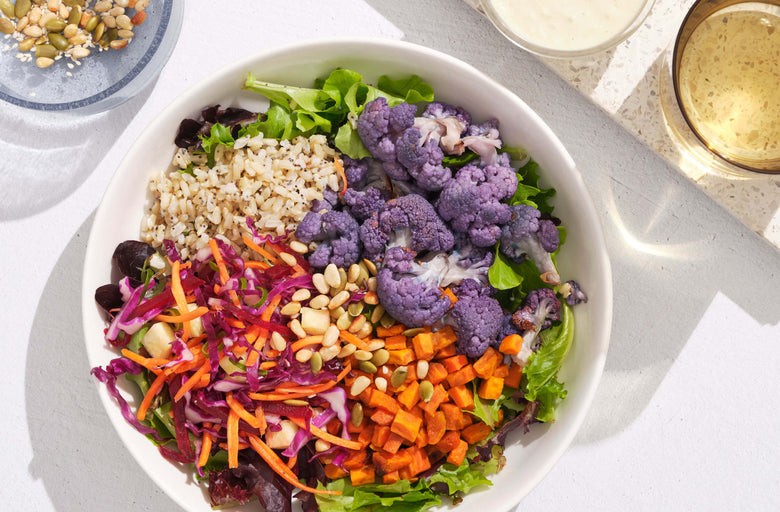Food waste—which accounts for up to 40% of the food supply in the U.S.—is always something to be avoided, but the issue is particularly relevant during this time of limiting our trips to the grocery store and taking a critical eye to what we actually need (hint: that’s likely not 100 rolls of toilet paper).
These homebound days have many craving a domestic project. Instagram, we see your bountiful loaves of bread and raise you tangy, crisp, nutrient-rich fermented vegetables—a downtime endeavor with a nod to sustainability. This DIY method truly checks all the boxes: it prevents waste by extending the shelf life of fresh produce, whether you overbought in a moment of panic or have some veggies languishing in the fridge on the brink of spoilage, and is an easy way to up your intake of gut-friendly probiotics, which will support your all-important immune system and improve digestion.
Ingredients:
- 4 cups of fresh, peeled vegetables, diced into chunks roughly the same size (for even fermentation). We like radishes, asparagus, peppers, broccoli, beets, and green beans, but use whatever you have
- 4 cups of filtered water
- 2 tablespoons sea salt
- Seasonings: garlic, dill, red chili flakes, basil, oregano, fennel—whatever you have on hand
Directions:
- Fill a wide-mouth jar with cut vegetables, leaving about an inch of room at the top.
- Add the seasonings of your choice.
- In a separate bowl, mix the water and salt until the salt has completely dissolved.
- Pour the water-and-salt mixture (brine) into the mason jar, covering the vegetables.
- Place a fermentation weight (or a dish or smaller jar) within the jar of vegetables, to weigh everything down and keep it submerged.
- Cover the jars with something breathable, like a coffee filter and a rubber band, or several layers of cheesecloth.
- Leave your vegetables to ferment for two to three days, ideally in a space that is 70-75 degrees F. Check daily to make sure that the vegetables are below the brine.
- By day two or three, taste-test one vegetable. Once the flavor is to your liking, place an air-tight seal on the jar, remove the weight, and place the jar in the fridge. Use it as a topping on salads, sandwiches, grain bowls, pasta, or enjoy straight from the jar.
More ways to keep busy:






